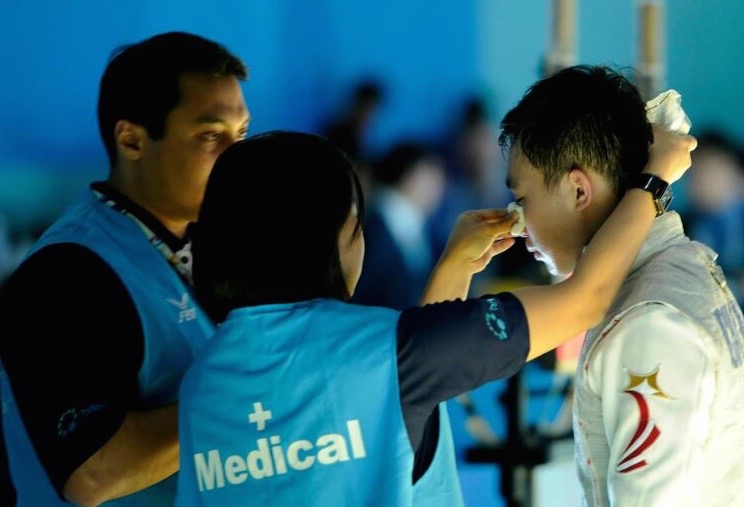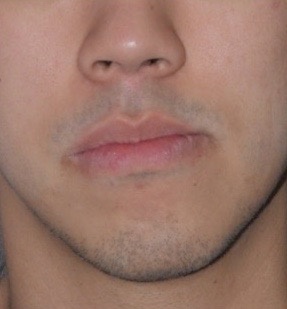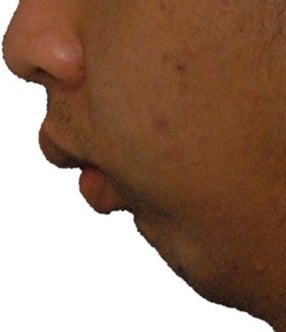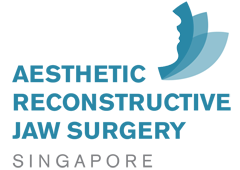Share this
Corrective jaw surgery for sporting injuries
on June 9, 2015

In the past week, Singapore is abuzzed with SEA Games frenzy. In the hustle and bustle of athletic activities, sports injuries are inevitable. Injuries to the jaw and face can occur due to direct contact or through falls. Some injuries are superficial and only requires rest while others are more serious, requiring hospitalization and surgery.
However, some injuries are not so obvious at the time but may lead to deformities in the longer term. This is especially the case for younger athletes who have not completed their growth. The growth centre for the lower jaw is in the condyles, the part of the lower jaw that articulates with the base of the skull to form the jaw joint, or temporomandibular joint, to be exact. In some cases, injuries to the condyles at a young age may result in a disturbance to the blood supply and hence development of the jaw. For example, if a young athlete sustained a fall on his chin and injured the condyles, growth may be disturbed and this can manifest as what some termed as an overbite, which basically means that the lower jaw is disproportionately shorter that the upper jaw. Some times, the impact may only affect one side and not the other and growth become deficient in the one side. This gives rise to differential growth retardation on one side which manifests as a facial asymmetry. Fortunately, the majority of jaw injuries do not result in such dentofacial deformities. For those who do, corrective jaw surgery may be needed to correct the them.
Asymmetry

When only one side of the jaw growth is affected, the face may deviate to one side. This is due to deficient growth of the jaw on the affected side and not excessive growth of the normal side. However, as growth is a slow process, there are compensatory self alignment of the upper and lower teeth to maintain contact between the upper and lower teeth. As such, very often, asymmetrical growth of the lower jaw will also result in asymmetrical growth of the upper jaw, resulting in what we termed "canting" of the upper jaw. What this means is that the one side (the affected side) of the upper jaw has less vertical growth than the other side. Viewed from the front, one side of the face is shorter than the other side. To correct this, type of dentofacial deformity, both upper and lower jaws will need to be operated on. The upper jaw needs to be freed so that the longer side can be rotated up and/or the shorter side rotated down, so that the left and side side of the face is even. The lower jaw will need to be freed and shifted so that the chin point coincides with the midline of the face. The bite will need to be adjusted using orthodontic braces to get a stable occlusion. In some cases, surgery can be done first followed by braces but in others, pre-surgical orthodontics are needed to prepare the teeth for surgery.

Retruded lower jaw
If the injury affects both sides, then deficient growth occurs bilaterally and that can result in the projection of the lower jaw being disproportionately shorter than the upper jaw. This jaw profile can cause a multitude of problems other than the obvious facial cosmetic deformity. Functionally, the teeth do not bite together properly and that can affect chewing efficiency. Such a position of the jaw also requires excessive protrusive movement of the lower jaw for biting and that may predispose to displacement of the temporomandibular joint discs. Disc displacement may eventually cause pain and limitation of mouth opening. Furthermore, with the lower jaw in a retruded position, the tongue is pushed back towards the throat thereby reducing the airway space. This predisposes the patient to obstructive sleep apnea which will bring along with it a whole host of other medical problems like hypertension in the long run. Surgery to correct this can be done by advancing the jaw forward so that the jaw bases are in the correct position. Depending on actual treatment objectives, surgery can be done on the lower jaw alone or it can be combined with the upper jaw. Advancing the lower jaw forward can be done by a procedure known as bilateral sagital split osteotomy whereby the body of the lower jaw is slid forward and then fixed in the new position using plates and screws. In every severe cases, where the amount of movement is more than 15mm, it may be better to perform distraction osteogenesis of the lower jaw instead. This is because a sudden movement of the lower jaw of that distance tend to result in a high relapse rate due to the non-adaptation of the soft tissue ie the muscles and skin that is enveloping the jaw, which in turn pulls the bone back towards its original position. Distraction osteogenesis advances the jaw forward 1mm per day, thereby allowing for adequate time for the soft tissue to adapt.
Dentofacial deformities can occur naturally or be secondary to injuries, sporting or otherwise. Surgical correction is beneficial not just in terms of cosmesis but in function as well. It is not a minor surgery as it is fairly invasive and does require a few weeks of rest for proper recovery. Understand the risks involved and assess if they are justified for you. However, do not let the fear of injury deprive you of the joy of athletic pursuits.
Share this
- Jaw Surgery (93)
- Dental Implants Singapore (90)
- Orthognathic Surgery (48)
- Replacing Missing Teeth (26)
- Missing Teeth Options (23)
- Underbite (23)
- Bone Grafting (21)
- Costs (18)
- Facial Aesthetics (18)
- Aesthetics (17)
- dental implants (16)
- corrective jaw surgery (15)
- BOTOX (11)
- Dermal Fillers (11)
- Wisdom teeth (10)
- Fixed Implant Dentures (8)
- Loose Dentures Singapore (6)
- Medisave (6)
- sleep apnea (6)
- Braces (5)
- Dental Pain (5)
- Dentures in Singapore (5)
- Loose Teeth (5)
- Tooth Extraction (5)
- jaw deformities (5)
- bimax (4)
- bone graft (4)
- maxillomandibular advancement (4)
- all-on-4 (3)
- bimaxillary protrusion (3)
- chin implant (3)
- facial asymmetry (3)
- full mouth dental implants (3)
- genioplasty (3)
- immediate implant (3)
- removal of an integrated dental implant (3)
- third molars (3)
- wisdom tooth surgery (3)
- My Dentures Don't Fit (2)
- VME (2)
- bone graft healing (2)
- distraction osteogenesis (2)
- medical tourism (2)
- obstructive sleep apnea (2)
- orthodontics (2)
- plastic surgery (2)
- CT guided dental implants (1)
- Double jaw surgery (1)
- Invisalign (1)
- Periodontal Disease (1)
- Permanent Dentures Singapore (1)
- before and after photos (1)
- facial trauma (1)
- fractured dental implant (1)
- oral appliance therapy (1)
- root canal treatment (1)
- veneers (1)
- vertical maxillary excess (1)
- September 2019 (2)
- July 2019 (2)
- May 2019 (2)
- August 2018 (1)
- October 2017 (1)
- September 2017 (2)
- August 2017 (1)
- June 2017 (2)
- May 2017 (4)
- April 2017 (1)
- March 2017 (1)
- February 2017 (3)
- January 2017 (3)
- December 2016 (1)
- November 2016 (2)
- October 2016 (4)
- September 2016 (9)
- August 2016 (5)
- July 2016 (11)
- June 2016 (14)
- May 2016 (6)
- April 2016 (2)
- March 2016 (1)
- January 2016 (7)
- December 2015 (10)
- November 2015 (4)
- October 2015 (9)
- September 2015 (7)
- August 2015 (1)
- July 2015 (6)
- June 2015 (3)
- May 2015 (7)
- April 2015 (5)
- March 2015 (8)
- January 2015 (5)
- December 2014 (7)
- November 2014 (7)
- October 2014 (6)
- September 2014 (8)
- August 2014 (5)
- July 2014 (7)
- June 2014 (8)
- May 2014 (9)
- April 2014 (10)
- March 2014 (6)
- February 2014 (8)
- January 2014 (3)
Subscribe by email
Email subscription




No Comments Yet
Let us know what you think